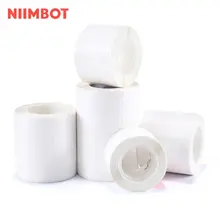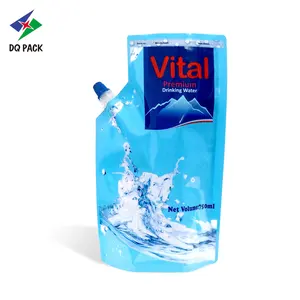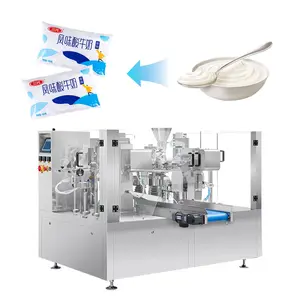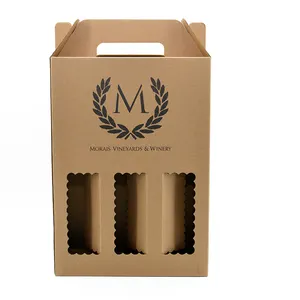Juice packaging keeps the juice safe and fresh and draws buyers' attention. It will convey the kind of fruit juice you intend to consume and its level of vigor and potency, convincing the customer to buy it.
What is the role of juice packaging?
One of the primary goals of packaging fruit juice, juice bottle packaging, and containers is to safeguard juice from microbiological spoilage and chemical degradation throughout distribution and storage. Food and drink products such as tetra juice packs, fruit juice packs, pet bottles for juice, orange juice packaging, apple juice packaging, fruit juice packaging, and creative juice packaging have a shelf life up until the point at which the product is no longer acceptable from a safety, sensory, or nutritional standpoint.
Although the packaging plays a crucial role in protecting its contents, it cannot enhance the quality of juice derived from defective raw materials or hide quality degradation from subpar processing. Furthermore, due to the nature of the product and the storage environment, product deterioration is a natural process that happens over time. Because of this, when a particular temperature or storage duration is exceeded, juice stored in a container always experiences vitamin C degradation and browning, regardless of the packaging.
Factors affecting storage during juice packaging
Packaging fruit juice can prevent quality changes from occurring in juice or other beverages while they are being stored. The product will change to some amount depending on storage circumstances from the day of preparation to the day of consumption. The packing method can only partially prevent quality changes from occurring in juice or other beverages while they are being stored. The product will change to some amount depending on storage circumstances from the day of preparation to the day of consumption. With the probable exception of wines, most changes will be for the worse. How long an acceptable quality may be maintained during storage depends on the barriers against time, light, flavor loss, bacteria, oxygen, temperature, non-aseptic, etc. Before delving deeper into package barrier characteristics, it's critical to remember that the planned storage conditions, precise temperature, and duration are the primary determinants of barrier demands and must always be considered when discussing packing.








































 浙公网安备 33010002000092号
浙公网安备 33010002000092号 浙B2-20120091-4
浙B2-20120091-4